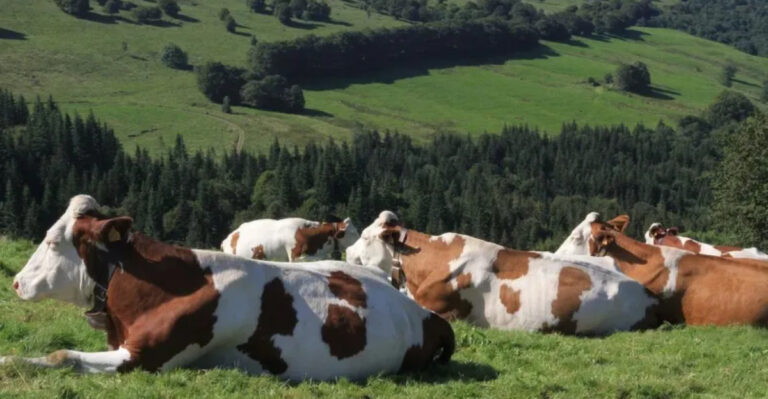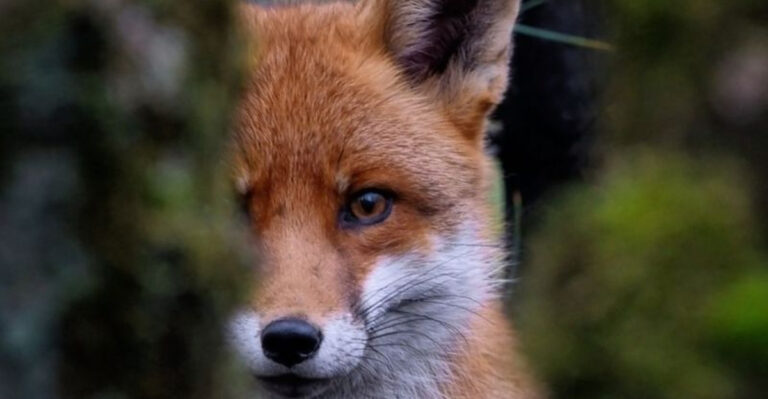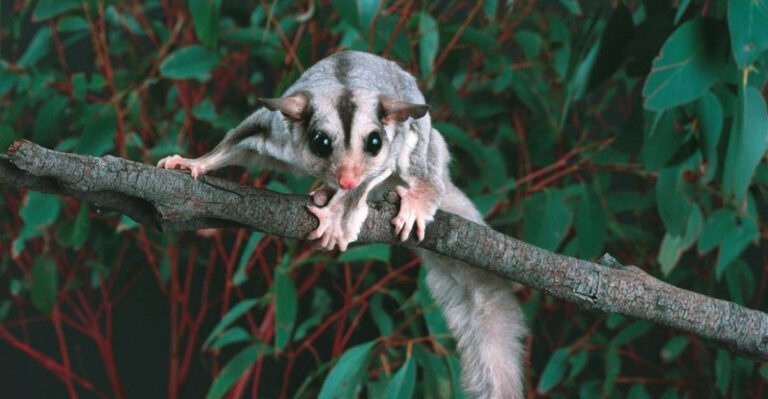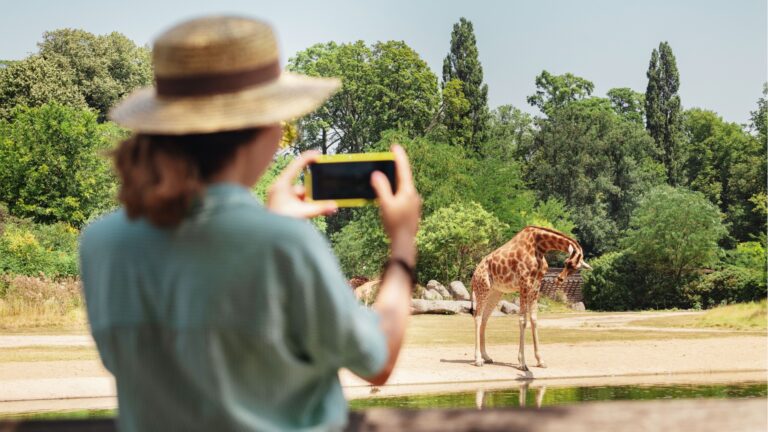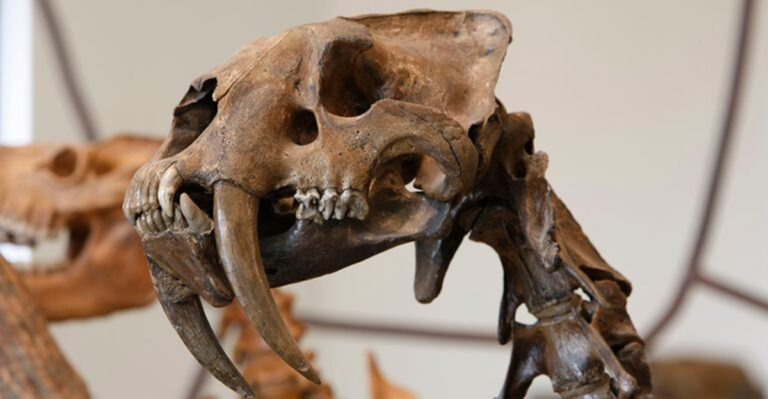12 Smallest Reptiles You Won’t Believe Exist
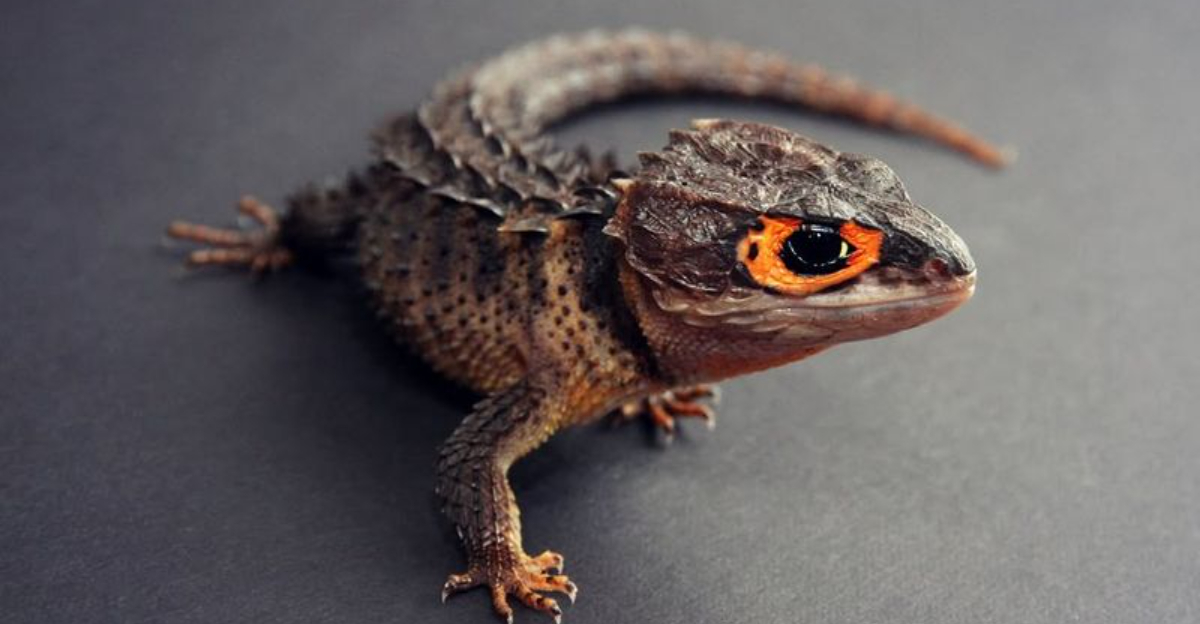
Embark on a captivating journey into the world of tiny reptiles, where size is just a number. These minute marvels manage to outshine their larger counterparts with unique adaptations and fascinating lifestyles.
Prepare to meet some of the most intriguing small-scale creatures crawling the Earth.
1. Brookesia Micra
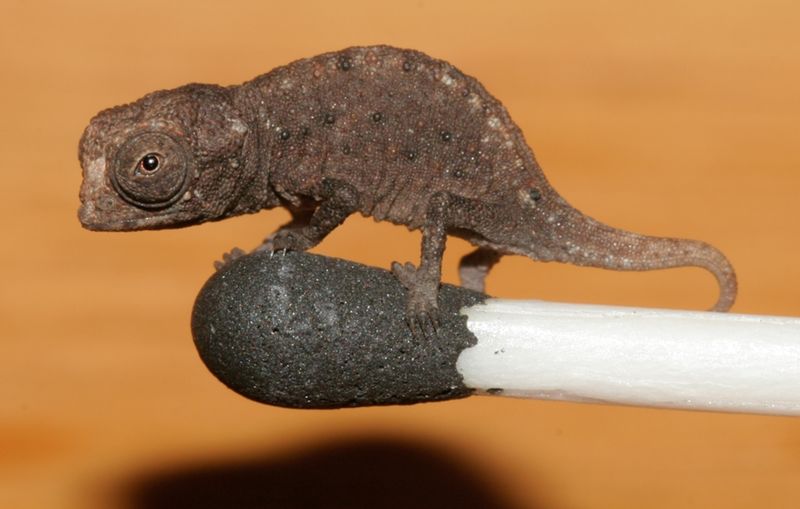
Nestled on the island of Madagascar, the Brookesia Micra holds the title of one of the smallest reptiles in the world. This miniature chameleon measures a mere 29 millimeters in length, making it a marvel of the reptilian world.
Its diminutive size allows it to blend seamlessly into its environment, eluding predators with ease. The Brookesia Micra’s habitat consists of leaf litter and forest floors, where it navigates with remarkable agility.
Despite its tiny stature, it possesses all the characteristic features of larger chameleons, including independently moving eyes and a prehensile tail.
This fascinating creature is a testament to the incredible adaptability of reptiles, thriving in its specific ecological niche. Conservation efforts are crucial to protect its habitat, ensuring the survival of this enchanting species for generations to come.
2. Jaragua Sphaero
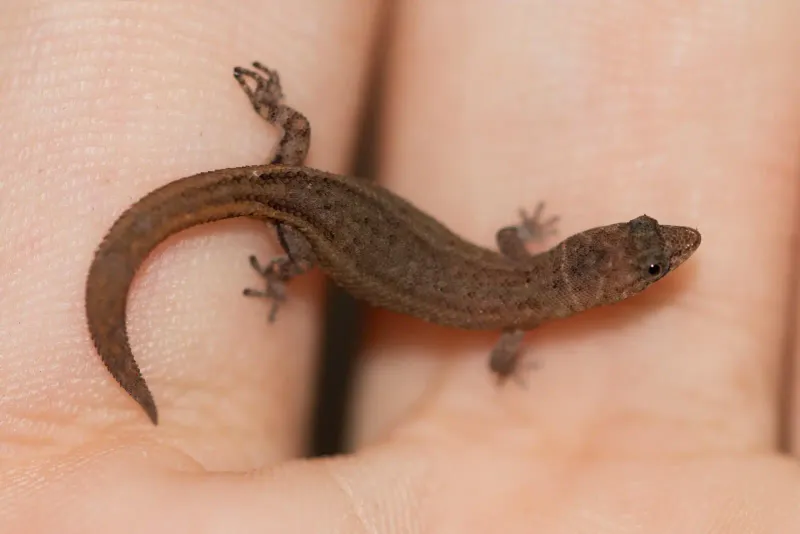
Native to the Dominican Republic, the Jaragua Sphaero, or Sphaerodactylus ariasae, is another contender for the smallest reptile title. This minuscule lizard measures just about 16 millimeters in length, making it smaller than a paperclip.
Its existence highlights the diverse adaptability of life in the Caribbean. Typically found in xeric scrubland and forests, the Jaragua Sphaero blends into its environment with a coloration that matches the ground and foliage. Its survival depends on its ability to camouflage and avoid predators.
Despite its size, the Jaragua Sphaero plays a vital role in its ecosystem, helping control insect populations. Conservationists emphasize the importance of protecting its natural habitat from deforestation and human encroachment to preserve this unique species.
3. Nano Chameleon
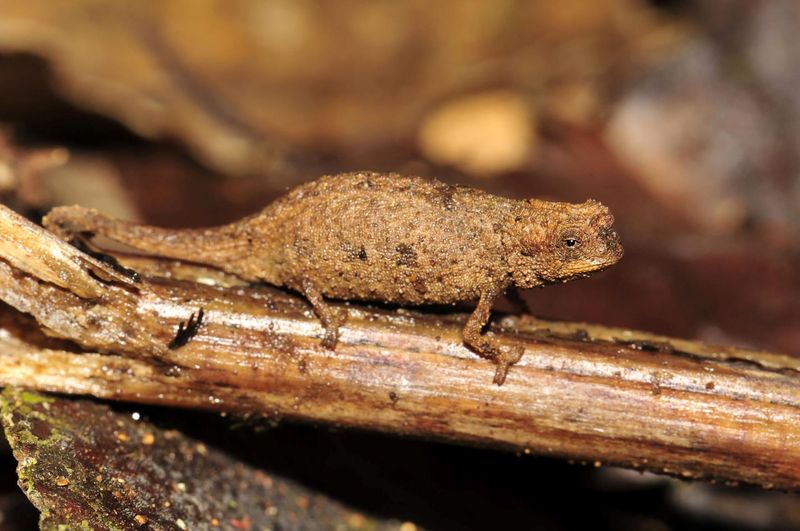
Discovered in Madagascar, the Nano Chameleon, or Brookesia nana, is among the smallest known reptiles, measuring approximately 22 millimeters. It resides in the humid rainforests, showcasing the incredible biodiversity of its island home.
The Nano Chameleon’s tiny build allows it to navigate the forest floor and underbrush effortlessly. Its coloration helps it blend into the moss and leaf litter, serving as its primary defense mechanism.
Research into the Nano Chameleon offers insights into the evolution of reptiles and their adaptation to isolated environments. Protecting its rainforest habitat is essential for its continued survival, as deforestation poses a significant threat to its existence.
4. Virgin Islands Dwarf Gecko
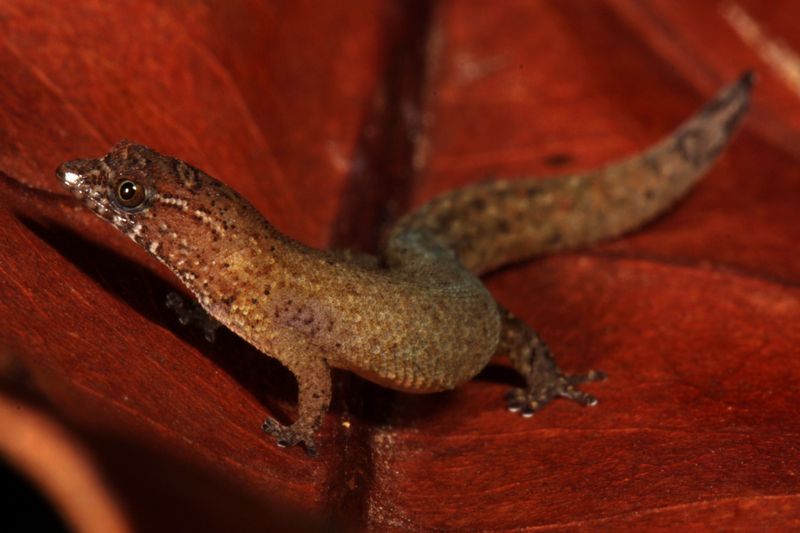
Hailing from the Virgin Islands, the Dwarf Gecko, or Sphaerodactylus parthenopion, is a petite lizard measuring only about 18 millimeters. This gecko thrives in tropical climates, often found scurrying across sandy beaches and rocky outcrops.
Its small size and swift movements make it a master of evasion, avoiding predators by darting into crevices and underbrush. The Dwarf Gecko’s diet mainly consists of small insects, contributing to the ecological balance of its habitat.
Conservation efforts are crucial for the Dwarf Gecko’s survival, as habitat destruction and invasive species pose significant threats. Its presence serves as an indicator of environmental health, highlighting the need for careful ecosystem management in the region.
5. Dwarf Sphaero
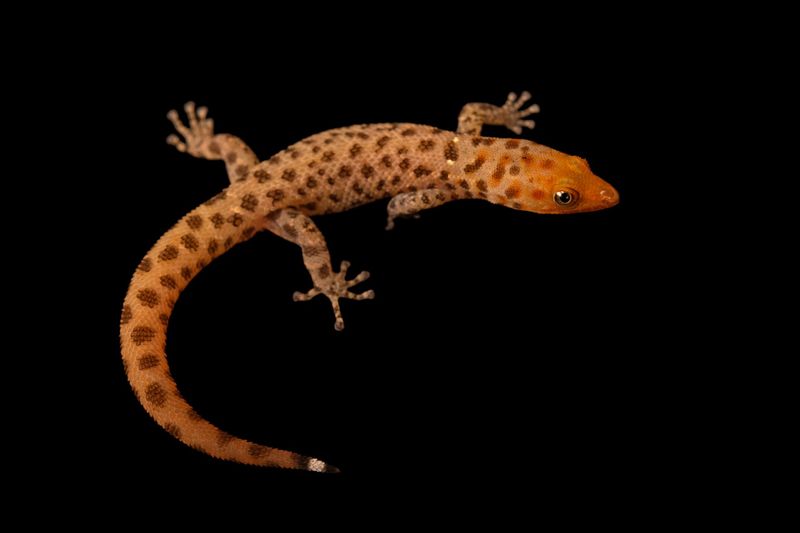
The Dwarf Sphaero, also known as Sphaerodactylus parthenopion, inhabits the Virgin Islands and ranks among the tiniest lizards on Earth. Its size rarely exceeds 18 millimeters, making it an extraordinary example of island dwarfism.
Living amidst leaf litter and low vegetation, the Dwarf Sphaero’s diminutive size provides it with an advantage in camouflaging from predators. Its diet includes tiny insects and arthropods, playing a crucial role in pest control within its ecosystem.
Researchers study the Dwarf Sphaero to understand the evolutionary pressures of island life that result in such extreme miniaturization. Protecting its habitat from human interference is vital to maintaining the ecological niche it occupies.
6. Baja California Collared Lizard
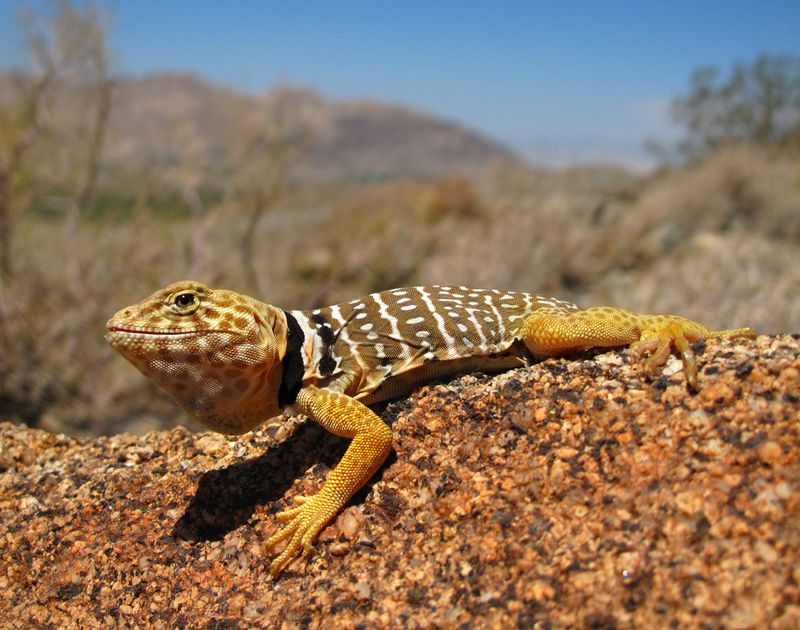
The Baja California Collared Lizard, or Crotaphytus vestigium, is a petite reptile native to the arid regions of Baja California, Mexico. Measuring around 50 millimeters, it stands out with its distinctive collar markings and agile movements.
This lizard is well-adapted to its desert environment, often seen basking on rocks to regulate its body temperature. Its diet primarily consists of insects and small invertebrates, making it an essential part of the desert food web.
Conservation of the Baja California Collared Lizard’s habitat is crucial as urbanization and climate change threaten its existence. Efforts to protect its environment help maintain the delicate balance of the desert ecosystem.
7. Least Gecko
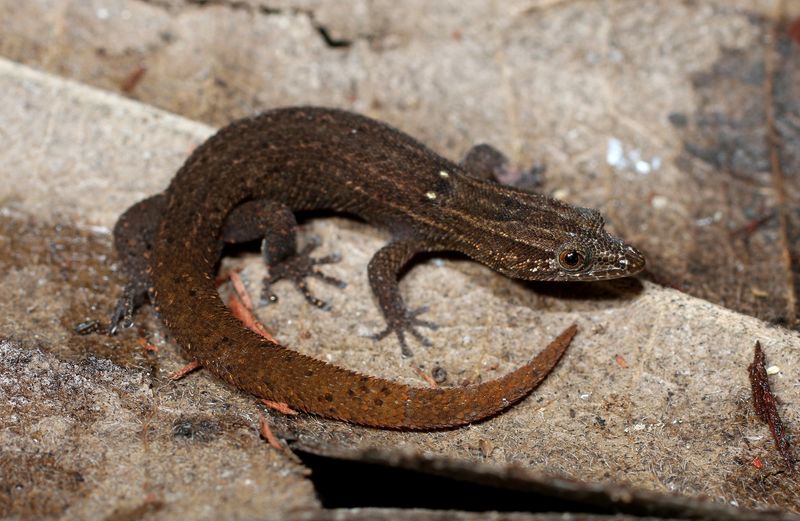
The Least Gecko, or Sphaerodactylus notatus, is a tiny gecko species found in the Caribbean. It measures about 30 millimeters in length, making it one of the smallest geckos known. Its habitat ranges from forests to urban areas, showcasing its adaptability.
Despite its small stature, the Least Gecko exhibits behaviors typical of larger geckos, such as vocalizations and tail autotomy for defense. It primarily feeds on insects, aiding in pest control within its environment.
Conservation efforts focus on preserving its diverse habitats, which face threats from development and environmental changes. The Least Gecko’s presence highlights the intricate balance of ecosystems and the importance of biodiversity.
8. Dwarf Three-Toed Skink
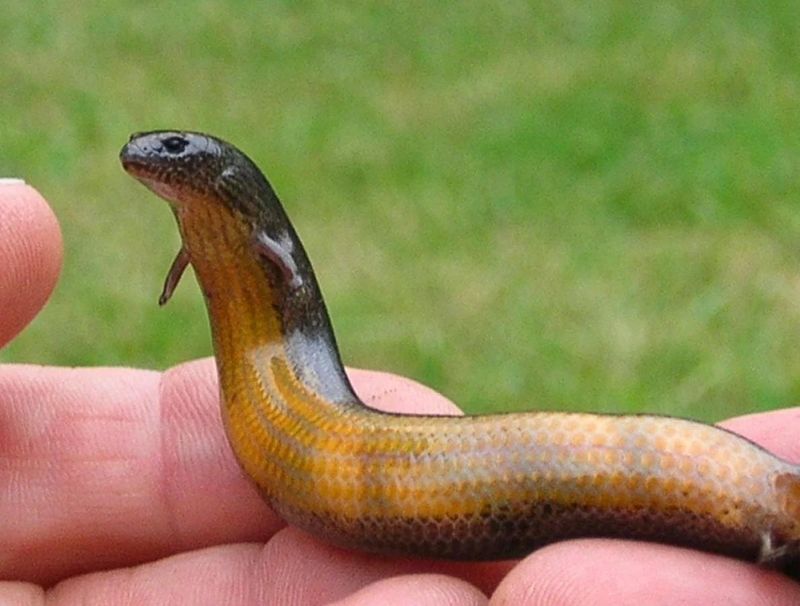
Belonging to New Guinea, the Dwarf Three-Toed Skink, or Saiphos equalis, is a small reptile with a length of around 45 millimeters. Known for its smooth scales and streamlined body, this skink is an adept burrower in sandy environments.
Its limbs feature three toes, an adaptation that aids in its movement through loose soil. The Dwarf Three-Toed Skink primarily feeds on insects and larvae, playing a significant role in the ecosystem’s nutrient cycle.
Protecting its natural habitat from deforestation and mining activities is vital for its survival. The Dwarf Three-Toed Skink exemplifies the unique evolutionary paths reptiles can take in response to their environments.
9. Brazilian Pygmy Gecko
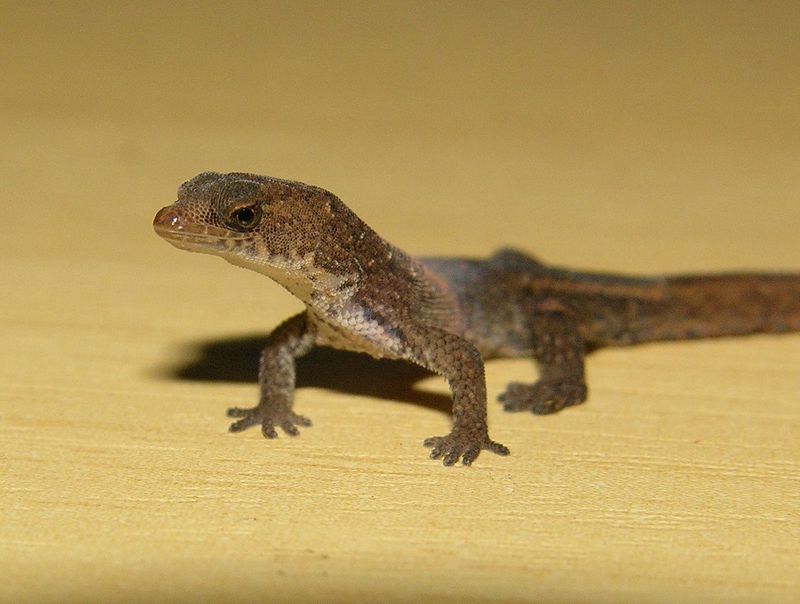
In the lush rainforests of Brazil, the Brazilian Pygmy Gecko, or Coleodactylus amazonicus, stands out with its tiny figure, measuring around 35 millimeters. This diminutive gecko is a master of camouflage, blending effortlessly into the forest environment.
Its small size makes it an agile predator, feeding on insects and spiders. The Brazilian Pygmy Gecko’s survival depends heavily on the dense foliage that provides cover from predators.
Conservation efforts aim to protect the Amazon rainforest, which faces threats from logging and agriculture. Preserving this gecko’s habitat is crucial to maintaining the rich biodiversity of the region.
10. Dwarf Chameleon
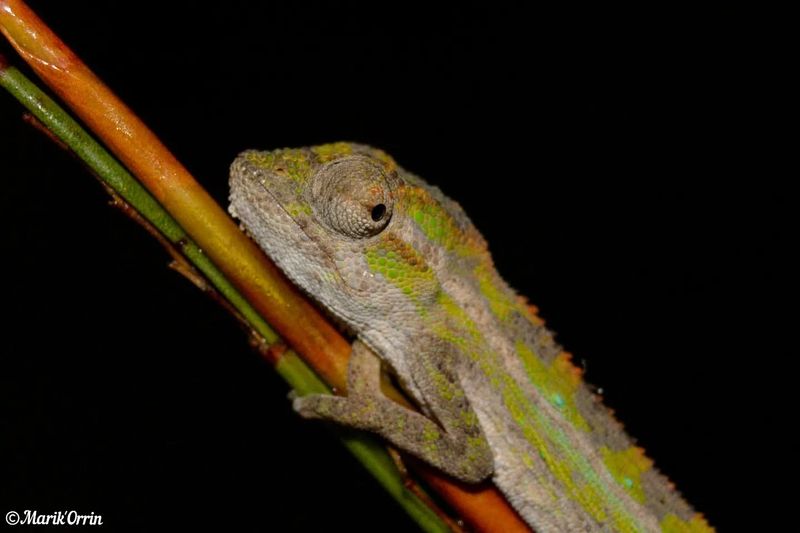
Found in the forests of South Africa, the Dwarf Chameleon, or Bradypodion taeniabronchum, is a small reptile measuring approximately 50 millimeters. This chameleon is renowned for its vivid coloration and ability to change hues in response to environmental stimuli.
This species inhabits a variety of ecosystems, from coastal woodlands to mountain fynbos, demonstrating its adaptability. The Dwarf Chameleon’s diet consists mainly of insects, contributing to the ecological equilibrium.
Protecting its diverse habitats from urban expansion and climate change is vital. The Dwarf Chameleon is a symbol of South Africa’s rich wildlife heritage and the importance of conserving its natural environment.
11. Virgin Islands Gecko
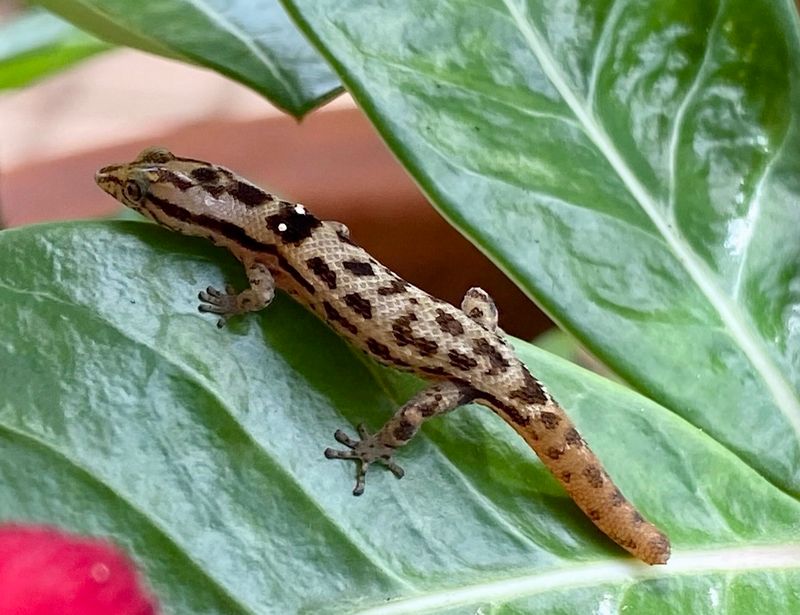
Residing in the Virgin Islands, the Virgin Islands Gecko, or Sphaerodactylus macrolepis, is a small lizard reaching up to 35 millimeters in length. It thrives in rocky terrains and coastal areas, highlighting its adaptability to island environments.
This gecko’s slender build and agile movements aid in escaping predators and capturing prey. Its diet includes various insects, playing a vital role in pest control.
Efforts to conserve this gecko’s habitat are imperative due to threats from tourism development and habitat fragmentation. The Virgin Islands Gecko reinforces the need for sustainable practices to protect island biodiversity.
12. Tiny Dragon Gecko
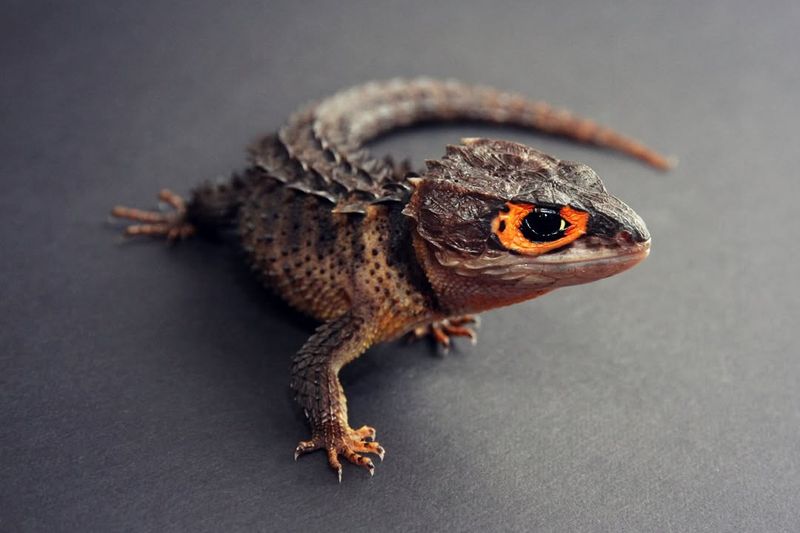
Native to Madagascar, the Tiny Dragon Gecko, or Cophotis ceylanica, enchants with its dragon-like appearance and miniature size of about 45 millimeters. Its habitat spans humid forests, where it deftly maneuvers through the dense foliage.
The Tiny Dragon Gecko’s unique appearance with spiny scales and a short, snub-nosed face captures the imagination. It feeds on small insects, contributing to the ecological balance of its environment.
Conservation of Madagascar’s forests is crucial for the survival of the Tiny Dragon Gecko, as deforestation poses a significant threat. This gecko exemplifies the rich diversity of Madagascar’s wildlife.

